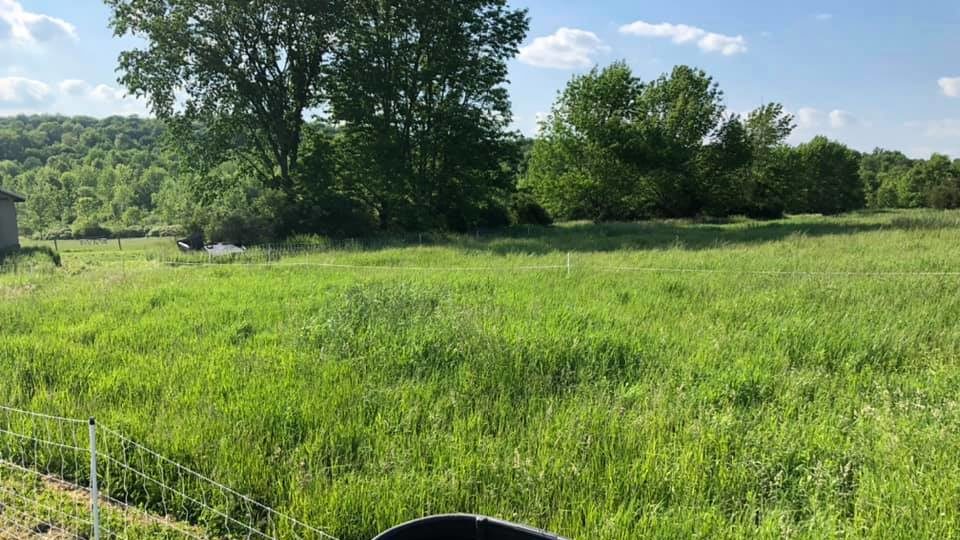Carbon Sequestration – Working With Nature to Save Nature
I have noticed that a lot of recent sustainability news has focused on some concerns regarding the environmental impact of meat and dairy production, and the use of carbon sequestration to help save our planet from climate change, two unrelated topics. However, it seems that many have failed to notice the research being done on the combination of the two, more specifically, producing meat and dairy to minimize its environmental impact and to optimize carbon sequestration.
Carbon sequestration occurs in many forms around us. It happens in the ocean, in all plants, and we have found ways to do it through technology. A multitude of research is now being done to help us find ways to work with nature to sequester as much carbon as possible, specifically on meat and dairy farms. In an experiment conducted by the USDA-ARS, Pasture Systems and Watershed Management Research Unit, it was found that rotational grazing of the animals included many benefits, all ranging from reducing environmental impacts to increasing carbon sequestration.
I recently visited a sheep farm where grazing was carefully planned and executed, and in a short span of two days, I saw many benefits to this: the entire land was being used efficiently, the animals were free to explore nature as they would do in the wild, humans were kept out of the process as much as possible, equipment including machinery was much less needed, less outside sourced items and foods were needed, less animal waste (such as manure and urine) was stored (neither did it harm the nature), and the pasture was being regularly and naturally cut (by the animals) so that it could regrow and sequester more carbon into the soil. There were more benefits to this method of farming that I sadly cannot cram into this short post.
To wrap things up, I believe this shows us that some of the best ways to save our planet may be to first try working with nature. Be sure to read the articles sourced below for more information.
Written by Zein Tynon, Class of 2024
Sources:
Rotz, C. A., Soder, K. J., Skinner, R. H., Dell, C. J., Kleinman, P. J., Schmidt, J. P., and Bryant, R. B. 2009. Grazing can reduce the environmental impact of dairy production systems. Online. Forage and Grazinglands doi:10.1094/FG-2009-0916-01-RS.
https://climatechange.ucdavis.edu/science/carbon-sequestration/
Photo Credits:


helpful